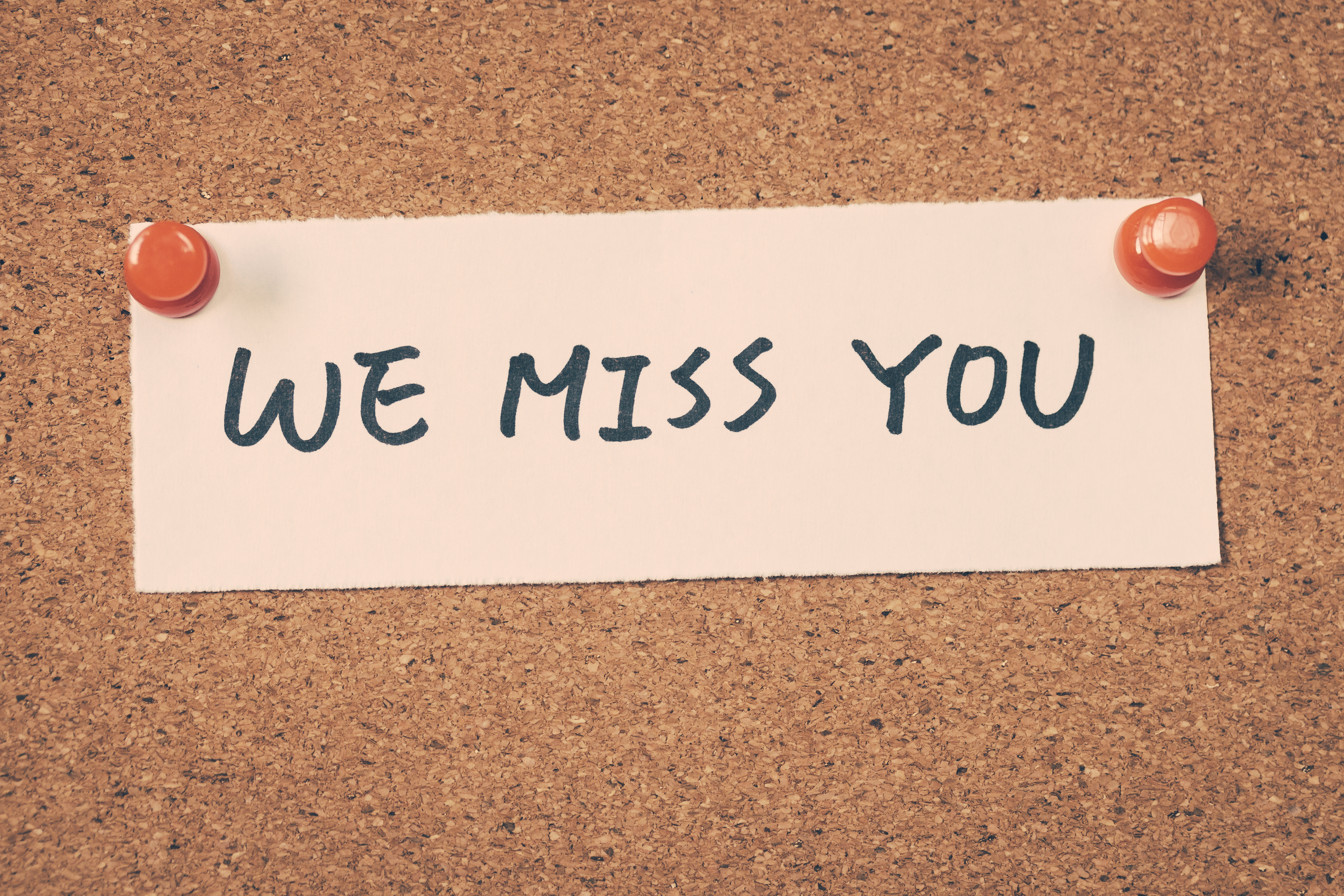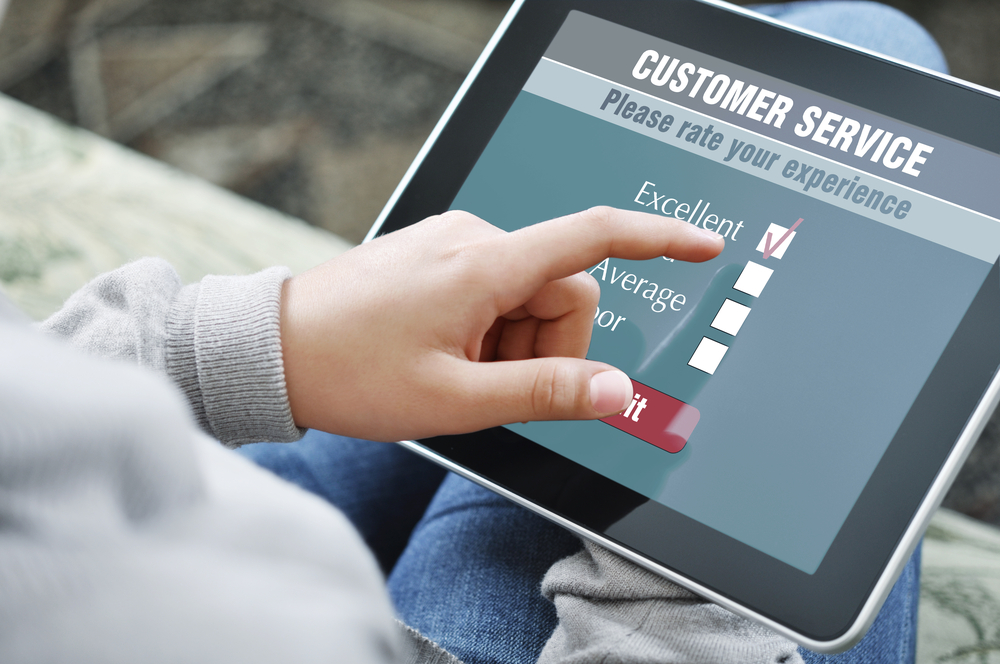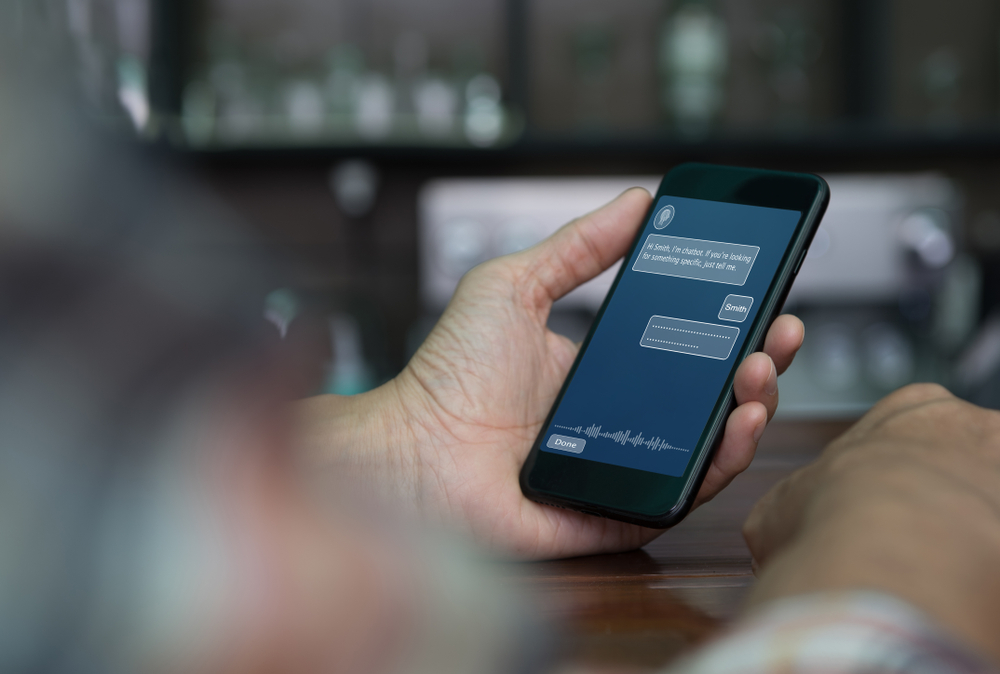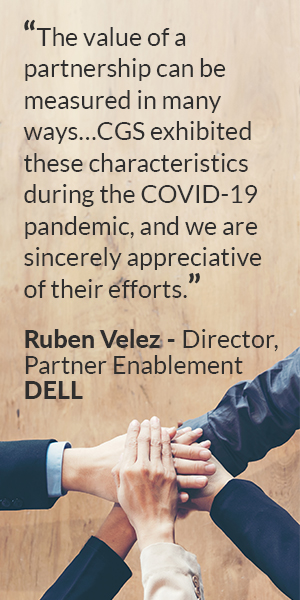7 Essentials of Great Customer Service

7 Essentials of Great Customer Service That Don't Change with Technology
According to Microsoft Research, 95 percent of global consumers claim that the way a company treats them is critical to continued brand loyalty. Regardless of the type of product or service, people expect unparalleled customer service; 61 percent have parted ways with a brand when it failed to meet their expectations.
This revelation should be a wake-up call to organizations across industries. Superior customer service is now the single most important differentiator among businesses and even the biggest brands have learned the lesson – you can’t skimp on customer service. Here are a few essentials for great customer service that every business should follow:
#1 Get the basics right
The Effortless Experience by Matthew Dixon, Nick Toman and Rich DeLisi, suggests that struggling to delight customers is more likely to do harm to a business than good. So, before you overstretch your resources, focus on getting the basics right first. The first step is ensuring you are offering continued support to your customers on their preferred channels and can respond quickly. Take the case of Etsy, an e-commerce platform dedicated to selling handmade goods and vintage products. The company has set up multiple Twitter handles - Etsy Support and Etsy Success – that focus on either the shop seller experience or helping consumers. Using Twitter they are able to resolve customer queries in a quick, polite and helpful manner, provide real-time updates on things like site outages and give sellers tips on how to be successful on the site.
Bottom line: If you don’t have the fundamentals right, adding new channels and flashy technology might actually make your customer experience worse rather than helping.
#2 Be direct, honest and realistic
Nothing destroys credibility faster than reneging on a promise you’ve made to your customers. You will make mistakes and it happens to the best of companies. However, the only thing customers hate more than mistakes are companies that try to deny them of something. The simplest lesson a company can learn is to be open and honest about their mistakes. For example, if you offer same-day delivery but just can’t seem to make it work, reach out to your customers preemptively and let them know about the delay. Promise them you will fix the issue. And then actually fix it. In the long run they will appreciate your honesty and directness. The most important thing is for your organization to take responsibility and to be accountable. Customers expect nothing less, and businesses need to live up to that standard if they want to build relationships of trust. Doing anything less risks the brand’s value and dilutes its connections with both current and future customers.

#3 Understand customer emotions with the right analytics:
Today’s customers expect more than a purely transactional relationship with their brands - they look for meaningful relationships. To build lasting relationships with your customers, you need to create a positive emotional connection between the customers and the brand. Leveraging analytics can help you find stops along your customer experience journey where you can eliminate hurdles or make improvements to create positive emotional connections. With such a perspective, you can easily identify strategies that work, those that don’t and ultimately implement the changes that nurture emotional connections with your customers in order to generate loyalty and trust. According to Gallup, businesses that leverage analytics to offer personalized and emotional interactions with customers experience a 50% higher revenue and 34% higher profitability.

#4 Develop a win-back messaging campaign:
A win-back strategy is one that attempts to win back customers who’ve previously engaged with your business but have become inactive over time. A personalized win-back strategy focuses on reaching out to inactive subscribers using every relevant channel – from social media to phone calls. It works best if you want to re-engage leads, boost deliverability, and increase conversions. Here are three things you have to remember:
- Define inactivity: The majority of business leaders define an inactive lead as someone who has not responded to any email/text/notification sent in the past six to 12 months.
- Offer a human connection: An emotionally charged subject line in an email, such as "We miss you!” outperforms a neutral subject line.
- Plan a series of re-engagement actions: A win-back campaign isn’t a one-time event. Utilize all the channels you have available to communicate with customers whether it’s social media, texts, calls or emails. For example, when it comes to email, research from the email delivery company, Return Path tells us that about three quarters of re-engaged subscribers from win-back programs continue to remain responsive for up 90 days, and about 25% of the initial group continue to be responsive for up to 300 days after the initial win-back email. It’s not a good idea to give up on your customers too soon, otherwise they just as may give up on you.
Adopt this approach and reach out to customers and ask them about their problems, offer to provide personalized solutions, or simply remind them what they’re missing out on.

#5 Talk to your customers:
In the age of social media, one-way brand communication is ancient history. Instead, build meaningful conversations with your customers. Remember, you can understand the nuances of what your customers are thinking and feeling by engaging in conversations. This can be accomplished in a number of different ways. You can collect data by having customer service and technical support representatives ask helpful questions while addressing customer inquiries.
When designing a new feature or process be sure to conduct usability studies which reward users who try a product/service before everyone else. In this way, beta testers and early adopters not only feel a sense of brand loyalty but also get the perks of having insider knowledge to their peer networks. You can also conduct qualitative customer surveys which communicates to the customer that your company values their opinions and building a mutually beneficial relationship.

#6 Be where your customers are:
Your business may not be staffed 24x7 but your customer’s needs are. Customers demand and expect service any time, any place, via any channel. This may initially seem like an uphill task but a little creativity and appropriate use of technology can make 24x7 access happen. For instance, in health care, businesses can offer their customers convenient interfaces such as self-service portals or the assistance of artificial intelligence based chatbots to help expedite their inquiries and ease tasks like resolve billing questions, financial concerns, and general relationship management by promoting self-sufficiency. Your company may want to do the same by leveraging all that it takes – from chatbots to more detailed FAQ pages – to improve your ability to help your clients whenever they reach out.

#7 Build a customer-centric workplace:
Perhaps the most overlooked manner of developing customer loyalty is to ensure that your employees understand its importance. Companies with customer-centric workplaces develop an environment where employees are focused on valuing the brand and its significance to the customer. To accomplish this, business leaders need to create a workplace culture driven by vision and ideals based on the brand’s impact on their customer’s life. If done well, employees will share their leaders' vision for customer-centricity, understand their roles, and be committed to delivering outstanding customer service. It is experiences with employees that drive a customer’s emotion about business -- and, in turn, influence his/her buying decisions.
At the end of the day, it’s worth remembering what Walmart founder Sam Walton said – “There is only one boss. The customer. And he can fire everybody in the company from the chairman on down, simply by spending his money somewhere else.” This subtle yet powerful message should always be front and center. Because if executed right, you’ll be surprised how quickly a motivated customer can become an evangelist of your brand.
Additional Resources:
- Article: Top 10 Factors to Consider When Choosing a Call Center Service
- Article: 5 New Year’s resolutions for Improving Your Customer Experience
- Article: Customer Service Confessions



